Commodore Amiga OCS/ECS
games list! |
| Total reviews! |
Handheld: 57 16/32bit Computers: 830 8bit Computers: 413 8bit Consoles: 58 16bit Consoles: 78 32/64bit Consoles: 107 128bit Consoles: 28 |
| OnLine members |
| Currently: 16 |
 |
| Best on 8bit micro! |
International Karate + - Commodore64 Xyphoes Fantasy - AmstradCPC Arkanoid II - AmstradCPC Pang - AmstradCPCPlus Wrath of the Demon - Commodore64 Night Hunter - AmstradCPC Barbarian - AmstradCPC Prince of Persia - SamCoupe Lemmings - SamCoupe |
| Best on 16bit micro! |
Turrican II - Amiga Shadow of the Beast - Amiga Jim Power - Amiga Agony - Amiga Turrican 2 - AtariST Project X - Amiga Super Frog - Amiga Flashback - Amiga Dark Seed - Amiga Flashback - Archimedes Warlocks - Archimedes Cannon Fodder - Amiga Turrican II - PC Universe - Amiga Hurrican - PC Tyrian - PC Super Stardust - AmigaAGA Pac-Mania - X68000 |
| Best on 8bit consoles! |
Pac-Mania - MasterSystem The NewZealand Story - MasterSystem Pang - GX4000 Batman Return of The Joker - nes Battletoads & Double Dragon - nes |
| Best on 16bit consoles! |
Jim Power - snes Donkey Kong Country - snes Aladdin - snes Comix Zone - Megadrive Alien Soldier - Megadrive Blazing Lazers - pcengine Raiden - pcengine Super Star Soldier - pcengine |
| Best on 32bit consoles! |
G-Darius - psone Super Mario 64 - n64 ISS Pro Evolution - psone Perfect Dark - n64 Dino Crisis 2 - psone Resident Evil 2 - psone Metal Gear Solid - psone Oddworld: Abe - psone Klonoa: Door To Phantomile - psone Medievil - psone Nights Into Dreams - Saturn Flashback - CDi |
| Total hits! |
| Puzzle! |
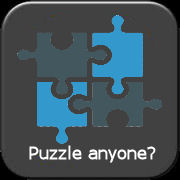 |
| Random Old Ads! |
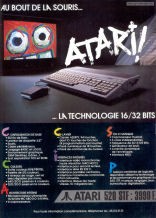 |
| ||||||||||||||||||||||||||
| ||||||||||||||||||||||||||
| ||||||||||||||||||||||||||
 STORY / GAMEPLAY STORY / GAMEPLAYThe story is common. Jump around each level to find the keys needed to activate the exit in order to progress to the next chapter. During the game, you will find loads of power-ups. Hostile creatures, most of them in the form of robotic creatures, lurk in these levels, and they come in many forms. There are limited weapons in the game, so your little hero, wearing a rugby helmet, must jump on them to kill them or use limited arsenal such as throwing those rugby's ellipsoidal balls. The action is a stereotypical platform mayhem (e.g. reminded me Robocod) and basically all you have to do is to run, jump, squash, shoot and generally splash your fins around, defeating baddies and killing massive bosses every two stages or so, in a joyful and very colorful wrap! GRAPHICS / SOUND Indigo is a beautiful game and the action is incredibly fast and smooth. The game's visuals look great, with nicely drawn backgrounds and animated sprites. The graphics are big, colorful and very detailed, and remind me a mix of Robocod and Magic Pockets, although this is much more cutesy I think. The Amiga (OCS) version is a little faster and more responsive at times compared to the ST version, but both share the same quality interms of backdrops, details and colors. Sound and music are similarly effective. Sound effects are again the standard boom type explosive noises fulfilling their purpose, but doing little to enhance further the game. The music on the other hand is great. | ||||||||||||||||||||||||||
 |
| ||
| |||||
|
| ||||
| ||
Amiga 500/500+
| ||
| read more... | ||
| The Amiga 500/500+ (default) color palette | ||
 | ||
| 12bit RGB 4096-colors palette (32 to 4096 colors on screen) | ||
| ||
| No comments added yet | ||
| Login to leave your message! |
| Our featured games |
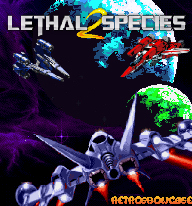 |
| Play old-school now! |
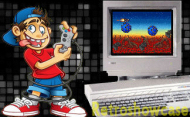 |
| Music Player! |
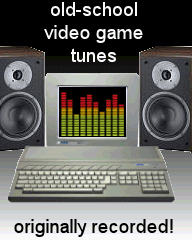 |
| Play ZX on-line!! |
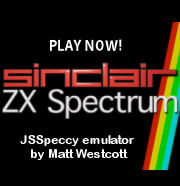 |
| Play CPC on-line!! |
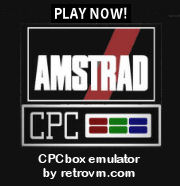 |
| Boot Screens! |
 |
| Retro-games Trivia! |
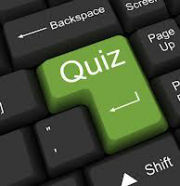 |
| Old-school Crossword! |
 |
| Is this my palette? |
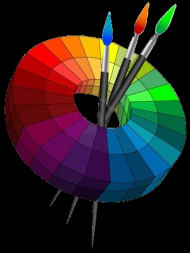 |
| The logo evolution! |
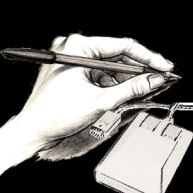 |
| Manuals! |
 |
| Beat them All! |
 |




 7.5
7.5 8.0
8.0 8.5
8.5








 CPU: Motorola MC68000 7.16 MHz
CPU: Motorola MC68000 7.16 MHz